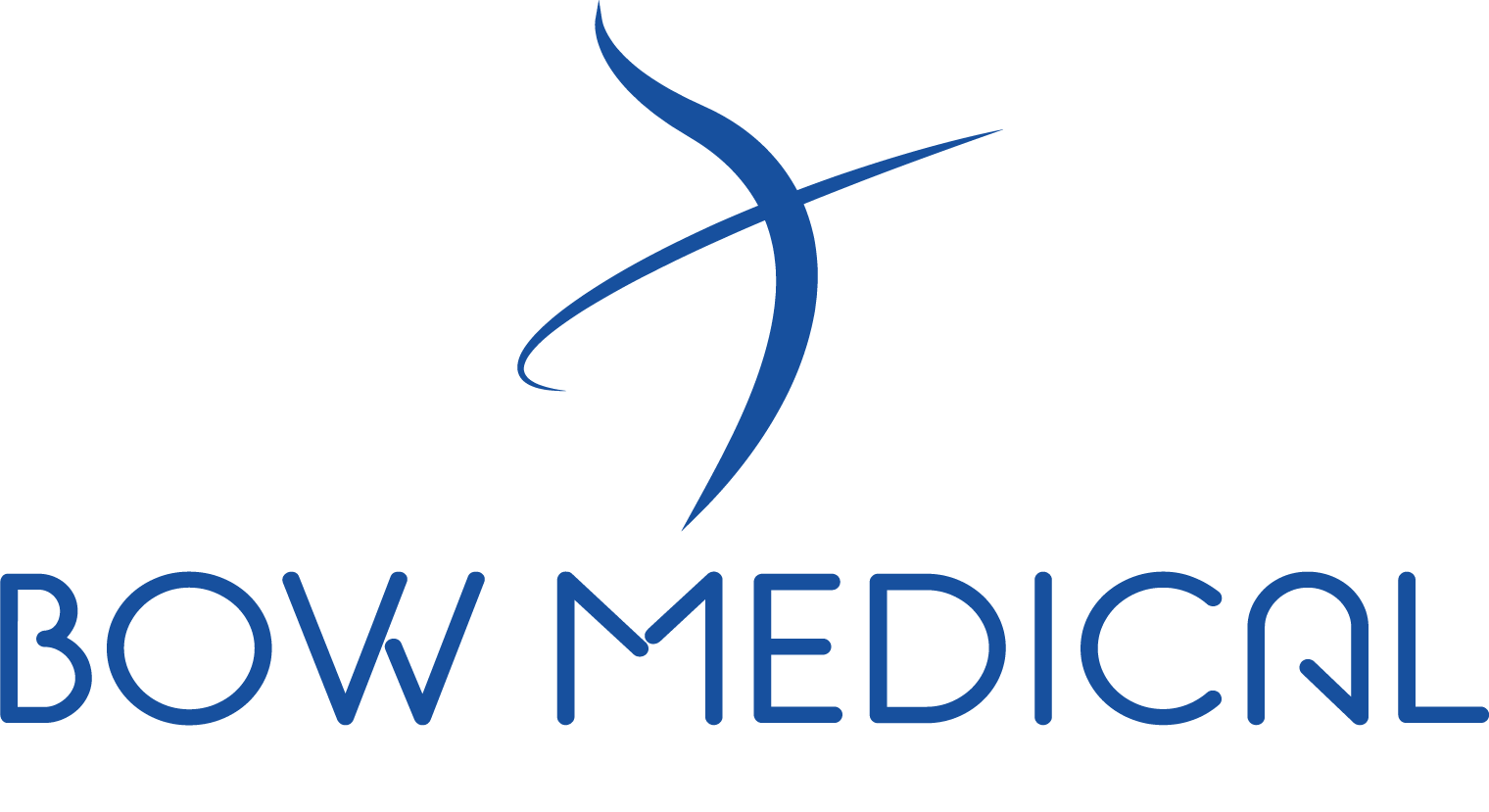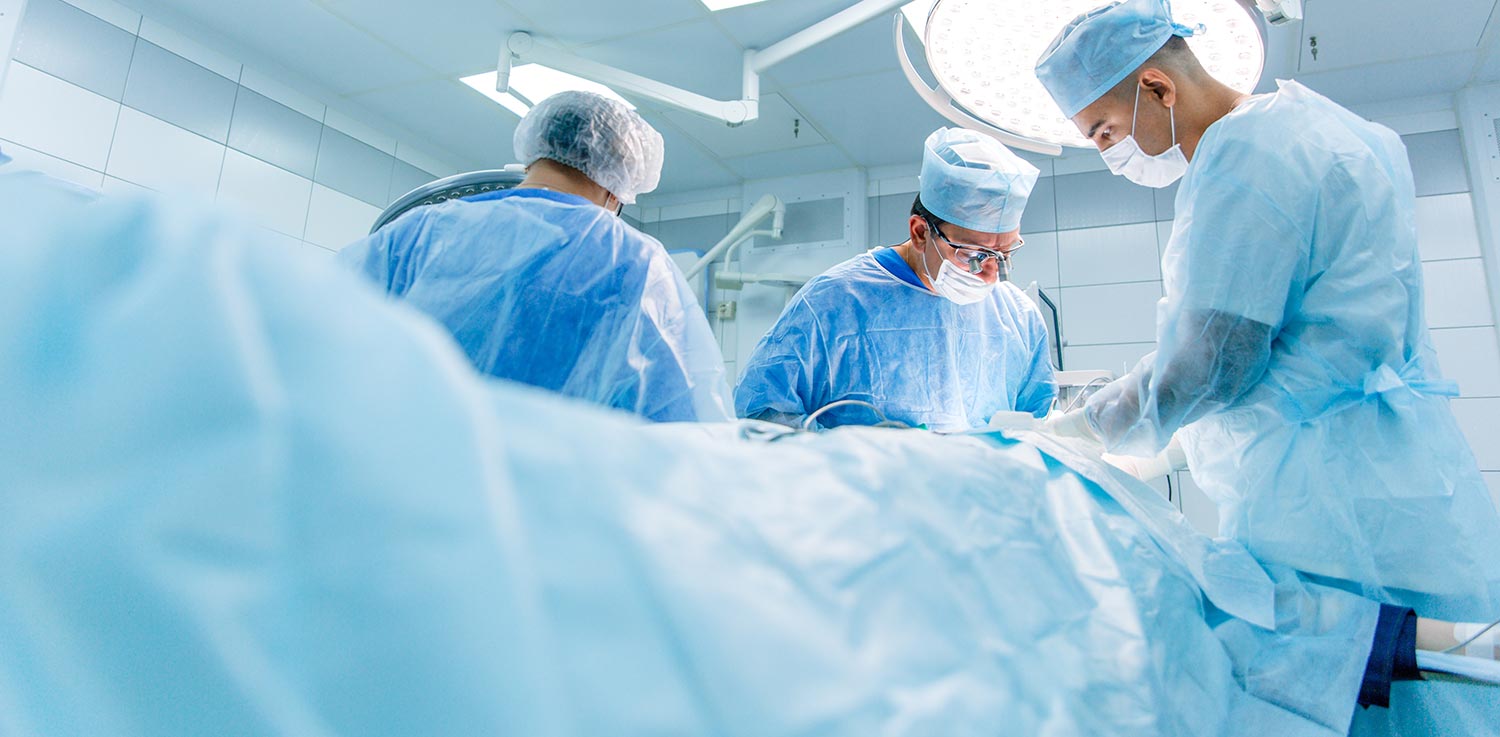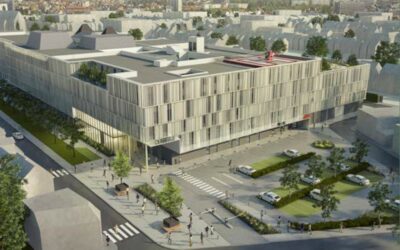Anaesthesia is a medical speciality that has significantly evolved over the decades. Technology now plays a central role in redefining the standards of modern anaesthesia.
Technological advancements are transforming how anaesthetists plan and administer anaesthesia. In this article, we will explore technological trends in anaesthesia, and the challenges of the traditional system, and look at solutions such as Diane Aims and their role in this new medical era.
Technological Trends in Anaesthesia
Anaesthesia is a field in constant evolution thanks to the integration of cutting-edge technologies. Here are some of the most influential technological trends:
Advanced Medical Imaging
The use of medical imaging, such as ultrasound and MRI, has revolutionized how anaesthetists plan and administer anaesthesia. These tools allow real-time visualization of the patient’s anatomy, facilitating the localization of crucial anatomical structures and the placement of catheters for regional analgesia.
Simulation and Virtual Training
Medical simulation is an essential training tool for anaesthetists. Virtual simulations allow healthcare professionals to practice complex scenarios, refine their skills, and safely familiarize themselves with new techniques.
Computerised Anaesthesia Management Systems
Solutions like Diane Aims offer advanced features for anaesthesia management. They enable automated data entry, real-time alerts, medication traceability, and more. These systems improve patient safety, care coordination, and operational efficiency.
Challenges of the Traditional System
The traditional approach to patient care in anaesthesia relies heavily on paper documentation and manual processes, posing several challenges:
Risk of Human Errors
Paper documentation is prone to human errors, such as omissions or transcription mistakes. These errors can have serious consequences for patients.
Limited Coordination
Communication between different services, such as anaesthesia consultation, the operating theatre, and the recovery room, can be hindered by manual processes. This can lead to delays and inefficient care coordination.
Complexity of Data Management
Collecting and analyzing relevant data for anaesthesia can be tedious and time-consuming with traditional methods. This complexity limits healthcare professionals’ ability to perform detailed analyses to improve protocols and outcomes.
In the next stages of our exploration, we will delve deeper into the benefits of business information systems for anaesthesia and their impact on modern medicine.
Click here to download the article as a PDF
About Bow Medical
Bow Medical is a leading European company specializing in software for critical care.
For over 20 years, Bow Medical has been designing the Diane software platform to improve and secure critical care in anaesthesia and intensive care.
The provision of software solutions for critical care management is a specific segment of the patient record that requires strong industry expertise.
Its digitization brings added value focused on performance, reliability, security, and time optimization.
More than 450 hospitals and clinics use our software daily, with 5 million anaesthesia consultations per year performed in Diane Poa (approximately 70% of computerized consultations in France).
Over 3,000 operating rooms are equipped with Diane Aims, and more than 1,200 intensive care beds facilitate patient care through Diane Icu.





